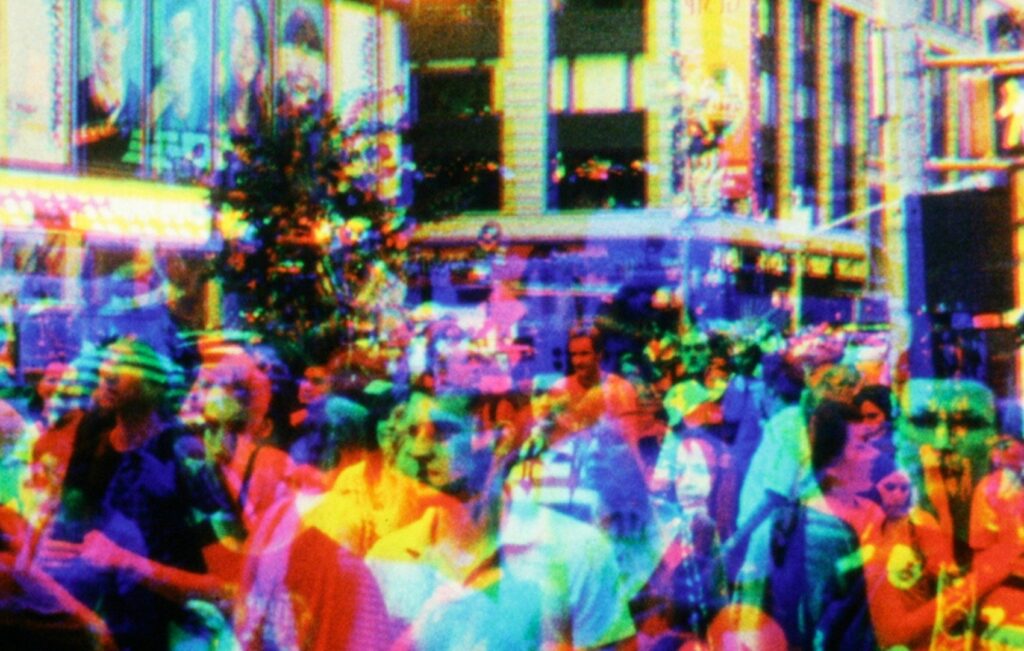
45 7 Broadway (2013) by Tomonari Nishikawa
Saturday, August 30, 2025, 8:00 pm
CROSSROADS 2025 – program 5
shadows between the frames
The call of silences and the tremblings of the city*. San Francisco’s own Jerome Hiler’s masterful reverie Careless Passage caps a program of spectral and transmutational films, works which defy gravity while exploring the expressive properties of the cinematic apparatus and sensuous shock encounters with the physical and luminous world. Program presented in memory of Tomonari Nishikawa (1969–2025). (*This sentence, as well as the title of this program are citations from where night falls a thud (2025) by Sophie Watzlawick.)
program community partner: Canyon Cinema
SCREENING:
Buseok (2024) by Park Kyujae (South Korea); digital video, color, silent, 18 minutes. Apollo (2003) by Tomonari Nishikawa (Japan/US); digital video, black & white, sound, 6 minutes. Print from Canyon Cinema. Market Street (2005) by Tomonari Nishikawa (Japan/US); digital video, black & white, silent, 5 minutes. Print from Canyon Cinema. where night falls a thud (2025) by Sophie Watzlawick (Germany/Switzerland); digital video, black & white, sound, 8 minutes. Exhibition file from sixpackfilm. Ashes to ashes (2025) by Sidney Gordon (Canada); 16mm screened as digital video, color, sound, 5 minutes. 45 7 Broadway (2013) by Tomonari Nishikawa (Japan/US); 16mm, color, sound, 5 minutes. Print from Canyon Cinema. Careless Passage (2024) by Jerome Hiler (US); 16mm screened as digital video, color, silent, 20 minutes. Exhibition file from Canyon Cinema. TRT: 68 minutes
PROGRAM TICKETS: $12 General/$10 Cinematheque Members, Gray Area Members & students (with ID)
FESTIVAL PASSES: $85 General/$70 Cinematheque Members, Gray Area Members & students (with ID)
← 1 2 3 4 5 6 7 8 →
CROSSROADS 2025
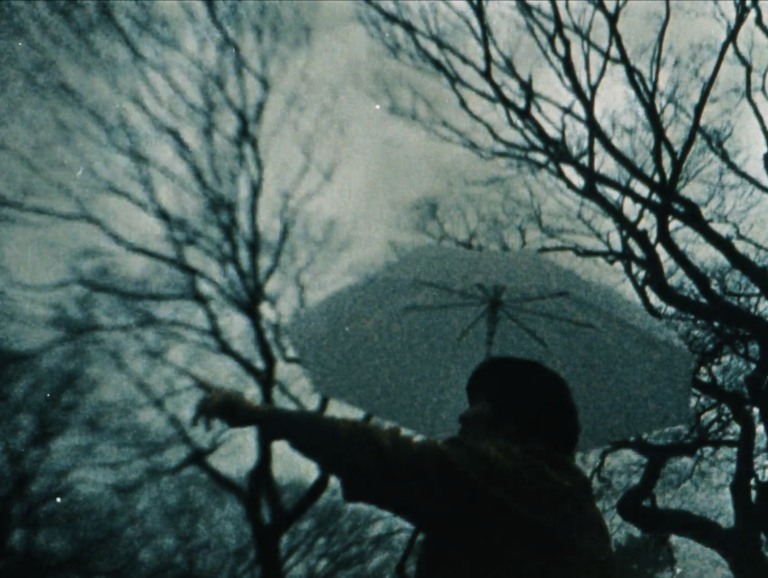
Buseok (2024) by Park Kyujae
A man searches for memories of his family’s past, alternating between Geomeunyeo, Buseok Temple and his grandmother’s house, all of which are located along a straight line on the map. Geomeunyeo is a rock located in the reclaimed area of Buseok, Seosan, South Korea. It was originally a reef that was exposed above sea level, but is now above ground. The name of Buseok, which means floating rock, is said to be derived from Geomeunyeo. (Park Kyujae) bay area premiere
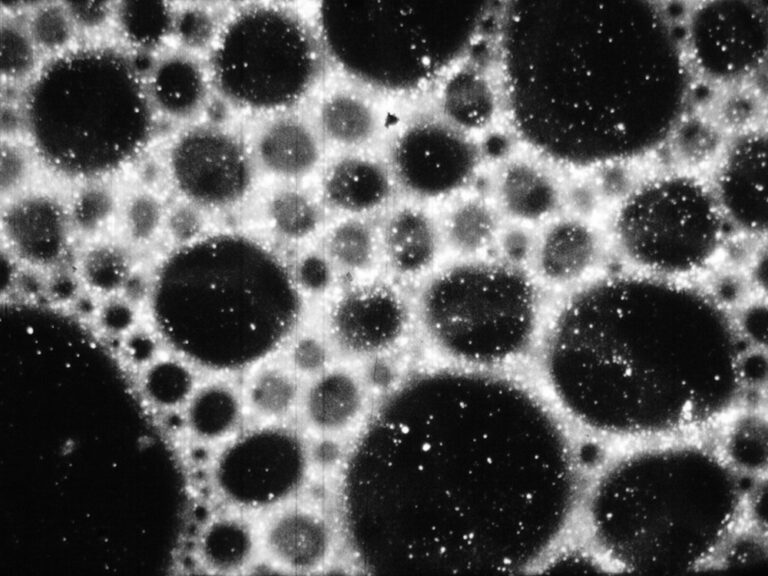
Apollo (2003) by Tomonari Nishikawa
It shows my interest in materials, medium and apparatus of cinema. The sound will be produced from the visual on the optical soundtrack—for some parts, I used a 35mm still camera to expose the soundtrack area and I scratched off the film emulsion directly for other parts. This is my senior thesis project at Binghamton University and Julie Murray was my advisor. (Tomonari Nishikawa)
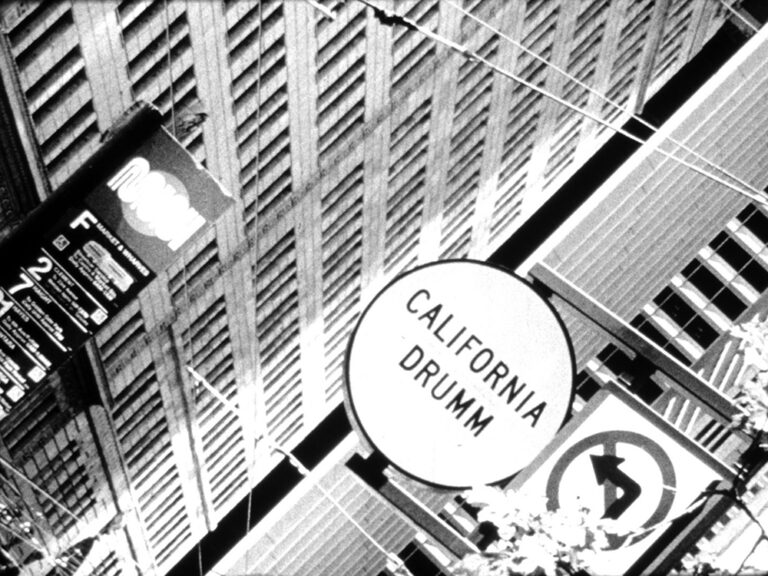
Market Street (2005) by Tomonari Nishikawa
As I am interested in the projection apparatus and human visual perception, I carefully juxtaposed images on Market Street by single-framing, in order to create certain happenings on the screen. By studying my super 8 films, Sketch Film #1 and Sketch Film #2 (both 2005), I made decisions for sequences of this film before working on this project. No re-photographing technique is involved. The result may look abstract, yet representative enough to show the characteristics of the street. This film was commissioned by the San Francisco Foundation and the Exploratorium for the event A Trip Down Market Street 1905/2005: An Outdoor Celebration. (Tomonari Nishikawa)
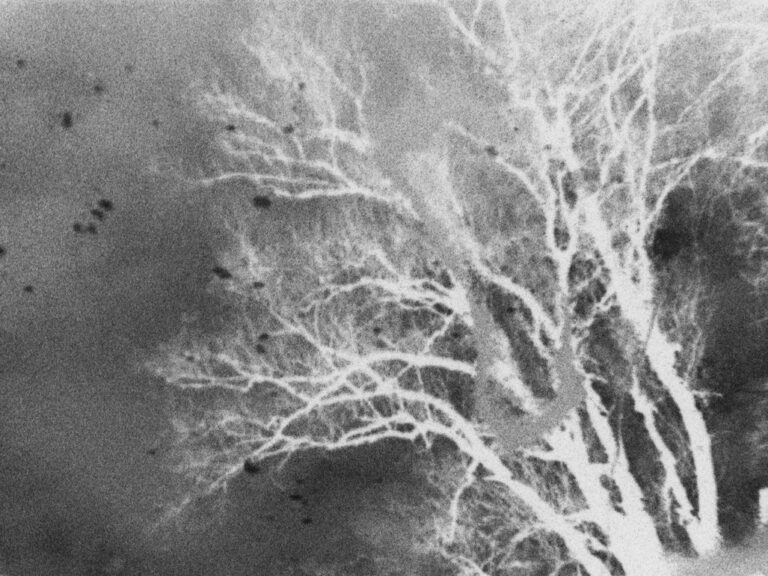
where night falls a thud (2025) by Sophie Watzlawick
At the heart of the human being, in the air and under the sea
Beyond these tableaux, the worst is happening
An invisible off-screen disaster
A human-made desolation that, if it doesn’t kill, requires to open up to other realities
To tremble in the turmoil in order to survive.
(Sophie Watzlawick) bay area premiere
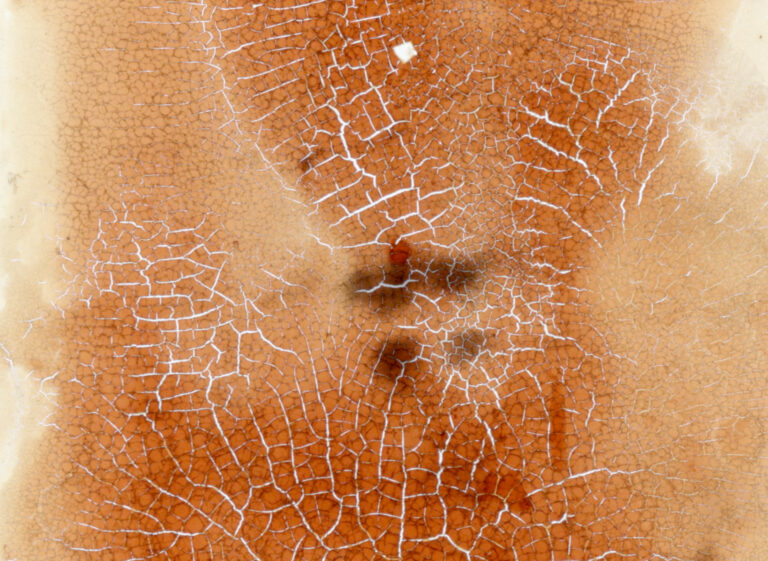
Ashes to ashes by Sidney Gordon
Ashes to ashes depicts fragments of the artist’s diary as they undergo physical and emotional transformation through a blazing agricultural landscape. Words turn to ash as the past is consumed by flames. Rivers ignite from embers, flow through vessels and begin to crack. Manifested through the land and material processes lies a situated reflection on recovery, loss and evolution. The film was shot at the 2024 Independent Imaging Retreat. It was developed with common comfrey and contaminated wood ash foraged from the farm and was coated in the artist’s blood. (Sidney Gordon) world premiere
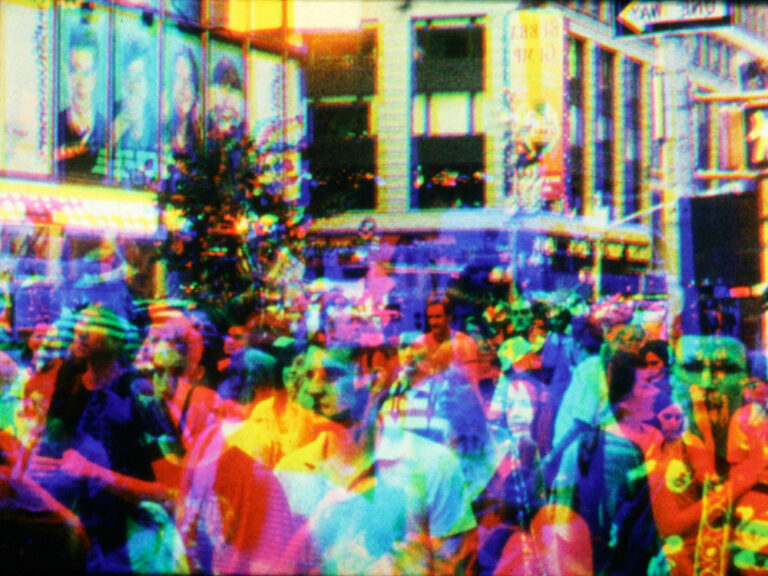
45 7 Broadway (2013) by Tomonari Nishikawa
This is about Times Square, the noises and movements at this most well-known intersection. The film was shot on black and white films through color filters—red, green and blue—then shots were optically printed onto color films through these filters. The layered images of shots by handheld camera would agitate the scenes and the advertisements on the digital billboards try to pull ahead of others. (Tomonari Nishikawa)
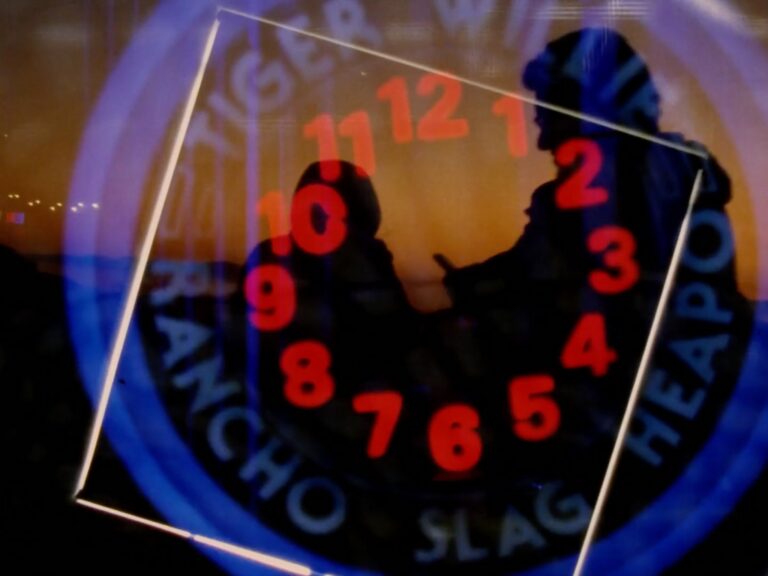
Careless Passage (2024) by Jerome Hiler
Somehow, aeons ago, consciousness came about. I’m often drawn to think of the earliest stages of life when we were swimming blindly in water. How was it possible to develop that bubble-like appendage to our brains that allowed the great miracle of sight? What a revolution in that infinite cosmos for consciousness to join with sight. (All this taking place among bubbles near a warm shore). Was this event some kind of mandate from the Universe so that it might know itself? Are we tools in that quest? How do these thoughts fit into the parade of ongoing distractions that make up daily life? Careless Passage will answer none of these questions. Its purpose is to muse and swim among migrant sights seen by the transforming eye of a camera. (Jerome Hiler) bay area premiere
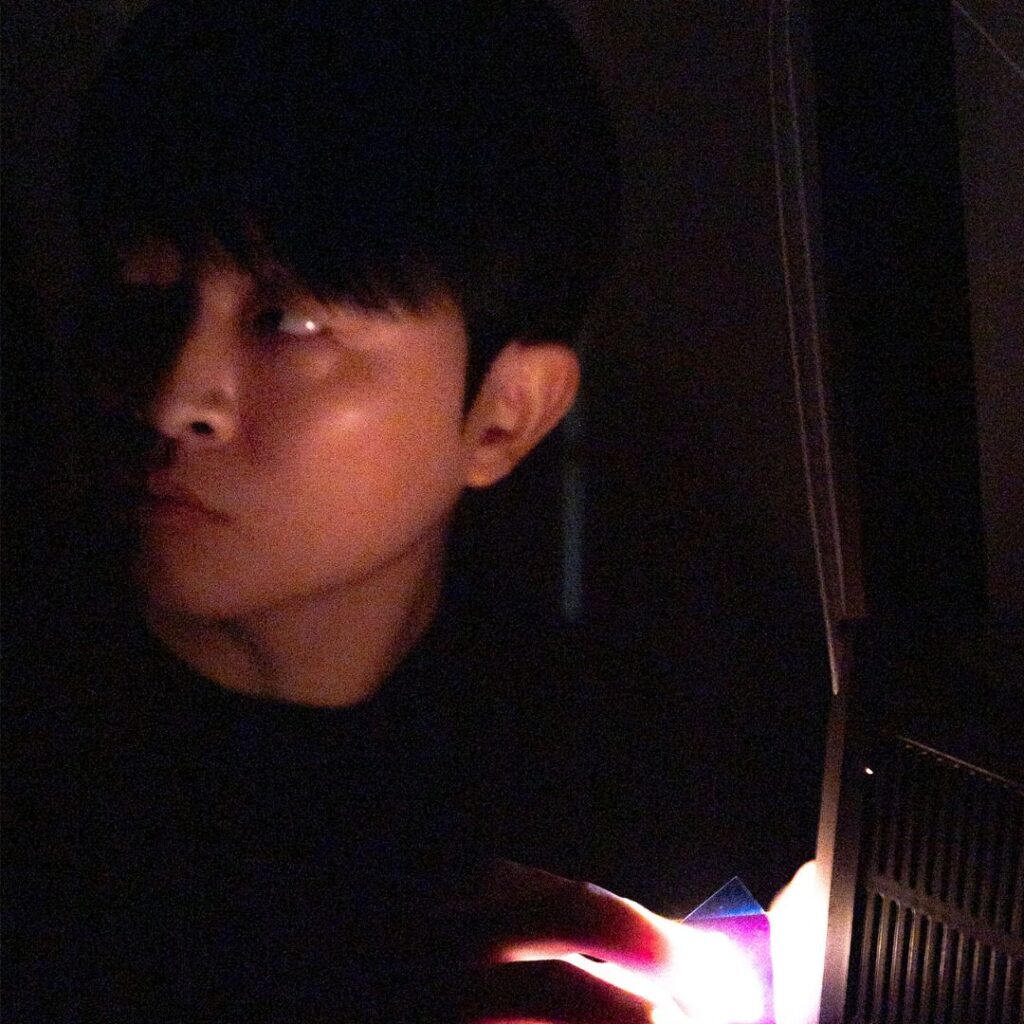 Park Kyujae (South Korea) is a filmmaker who primarily works with analog film media, exploring visual perception, materiality and poetic imagery through 16mm filmmaking. His films are distributed by Light Cone, Paris. He also translates films for festivals and cinematheques and organizes screenings and events.
Park Kyujae (South Korea) is a filmmaker who primarily works with analog film media, exploring visual perception, materiality and poetic imagery through 16mm filmmaking. His films are distributed by Light Cone, Paris. He also translates films for festivals and cinematheques and organizes screenings and events.
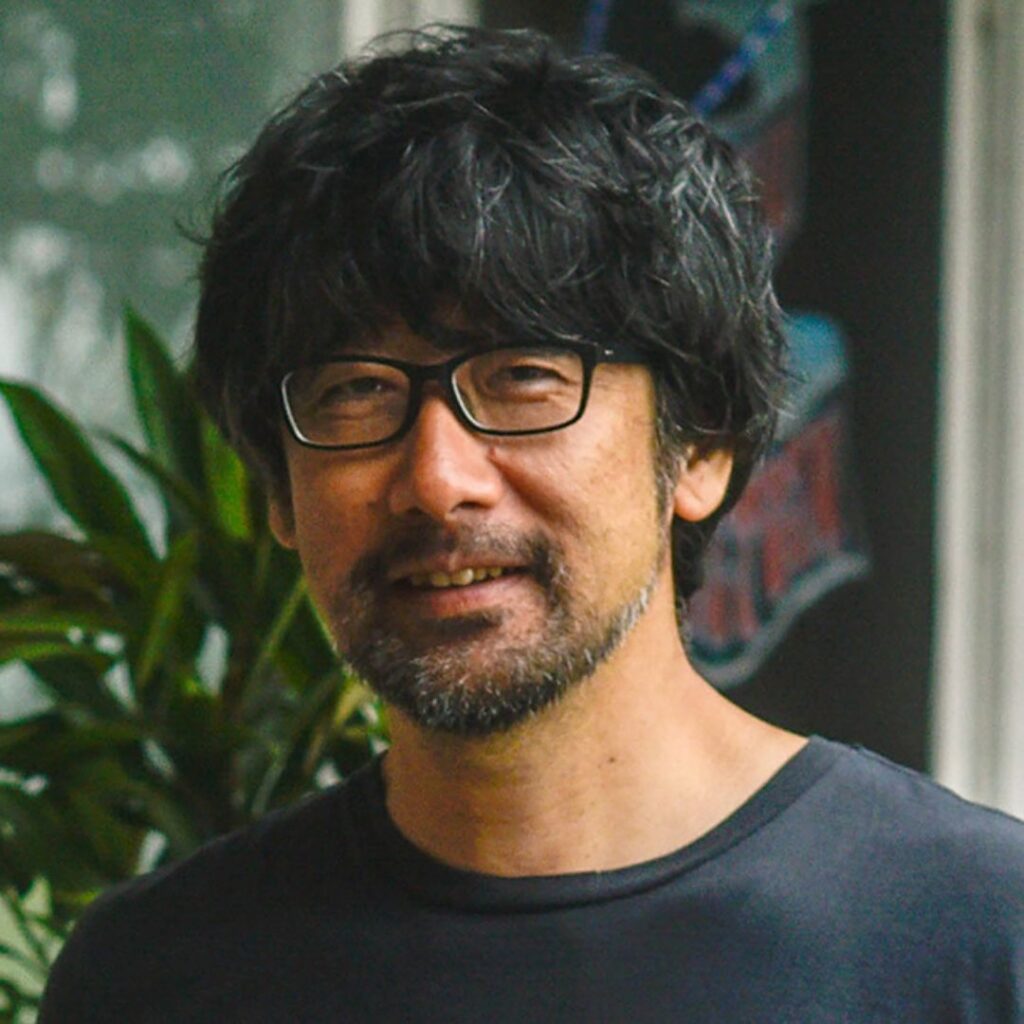 Tomonari Nishikawa’s (Japan/US) films explore the idea of documenting situations/phenomena through chosen media and techniques, often focusing on the process of art making. His films have been screened at numerous film festivals and art venues, including Berlinale, Edinburgh International Film Festival, Hong Kong International Film Festival, International Film Festival Rotterdam, London Film Festival, New York Film Festival, Media City Film Festival, Singapore International Film Festival Toronto International Film Festival and CROSSROADS. In 2010, he showed a series of 8mm and 16mm films at MoMA P.S.1 Contemporary Art Center and his film installation Building 945 received the 2008 Grant from the Museum of Contemporary Cinema in Spain.
Tomonari Nishikawa’s (Japan/US) films explore the idea of documenting situations/phenomena through chosen media and techniques, often focusing on the process of art making. His films have been screened at numerous film festivals and art venues, including Berlinale, Edinburgh International Film Festival, Hong Kong International Film Festival, International Film Festival Rotterdam, London Film Festival, New York Film Festival, Media City Film Festival, Singapore International Film Festival Toronto International Film Festival and CROSSROADS. In 2010, he showed a series of 8mm and 16mm films at MoMA P.S.1 Contemporary Art Center and his film installation Building 945 received the 2008 Grant from the Museum of Contemporary Cinema in Spain.
 Sophie Watzlawick (Germany/Switzerland) is a Berlin-based film artist. Alongside her work as a filmmaker, she works artistically and technically on various projects in the fields of film, theater, performance and music. She is an active member and co-founder of the analog film collective LaborBerlin. Her film and sound work is based on sociopolitical issues viewed through the prism of philosophical and poetic concepts. The strong contrast between rigid social structures and the human dimension […], is of particular interest to her. She is interested in the hidden, in the signs that emerge in the dark, in those places whose ground is still unknown and in seeing events that are commonly perceived as static in a new way.
Sophie Watzlawick (Germany/Switzerland) is a Berlin-based film artist. Alongside her work as a filmmaker, she works artistically and technically on various projects in the fields of film, theater, performance and music. She is an active member and co-founder of the analog film collective LaborBerlin. Her film and sound work is based on sociopolitical issues viewed through the prism of philosophical and poetic concepts. The strong contrast between rigid social structures and the human dimension […], is of particular interest to her. She is interested in the hidden, in the signs that emerge in the dark, in those places whose ground is still unknown and in seeing events that are commonly perceived as static in a new way.
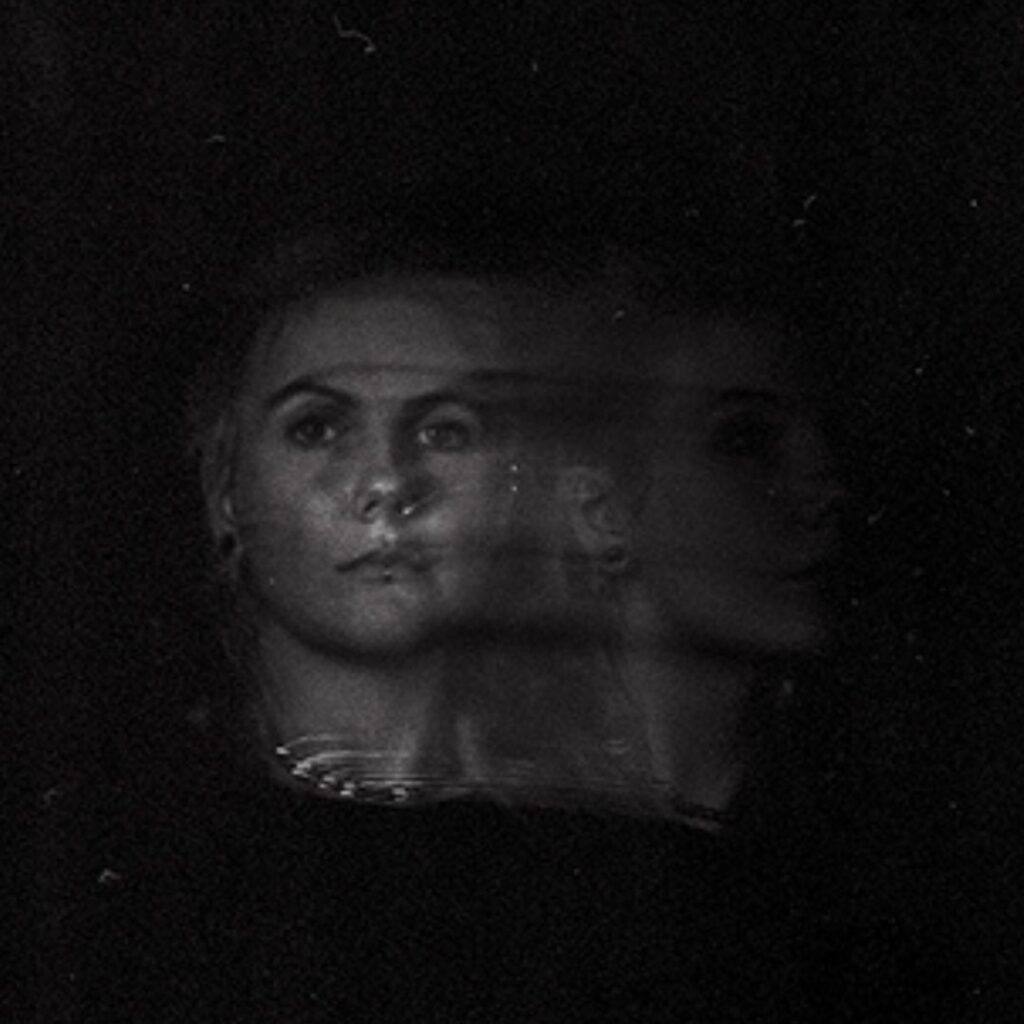 Sidney Gordon (they/them) is a queer artist and cultural worker, born and raised in Regina SK, Canada (Treaty 4 territory). They hold a BMA in Film + Screen Arts from Emily Carr University of Art + Design in so-called “Vancouver.” Their approach to filmmaking is diaristic and observational, centering experiential embodiment guided by subconscious experiences. In parallel, their cameraless photographic practice focuses on ecological co-creation, relying equally on intention, chance and response. Across disciplines, their process-oriented practice examines cycles of relational decay and regeneration between self, material and environment. They are co-founder and curator of XINEMA: a local experimental film series and film space and are a member of Iris Film Collective.
Sidney Gordon (they/them) is a queer artist and cultural worker, born and raised in Regina SK, Canada (Treaty 4 territory). They hold a BMA in Film + Screen Arts from Emily Carr University of Art + Design in so-called “Vancouver.” Their approach to filmmaking is diaristic and observational, centering experiential embodiment guided by subconscious experiences. In parallel, their cameraless photographic practice focuses on ecological co-creation, relying equally on intention, chance and response. Across disciplines, their process-oriented practice examines cycles of relational decay and regeneration between self, material and environment. They are co-founder and curator of XINEMA: a local experimental film series and film space and are a member of Iris Film Collective.
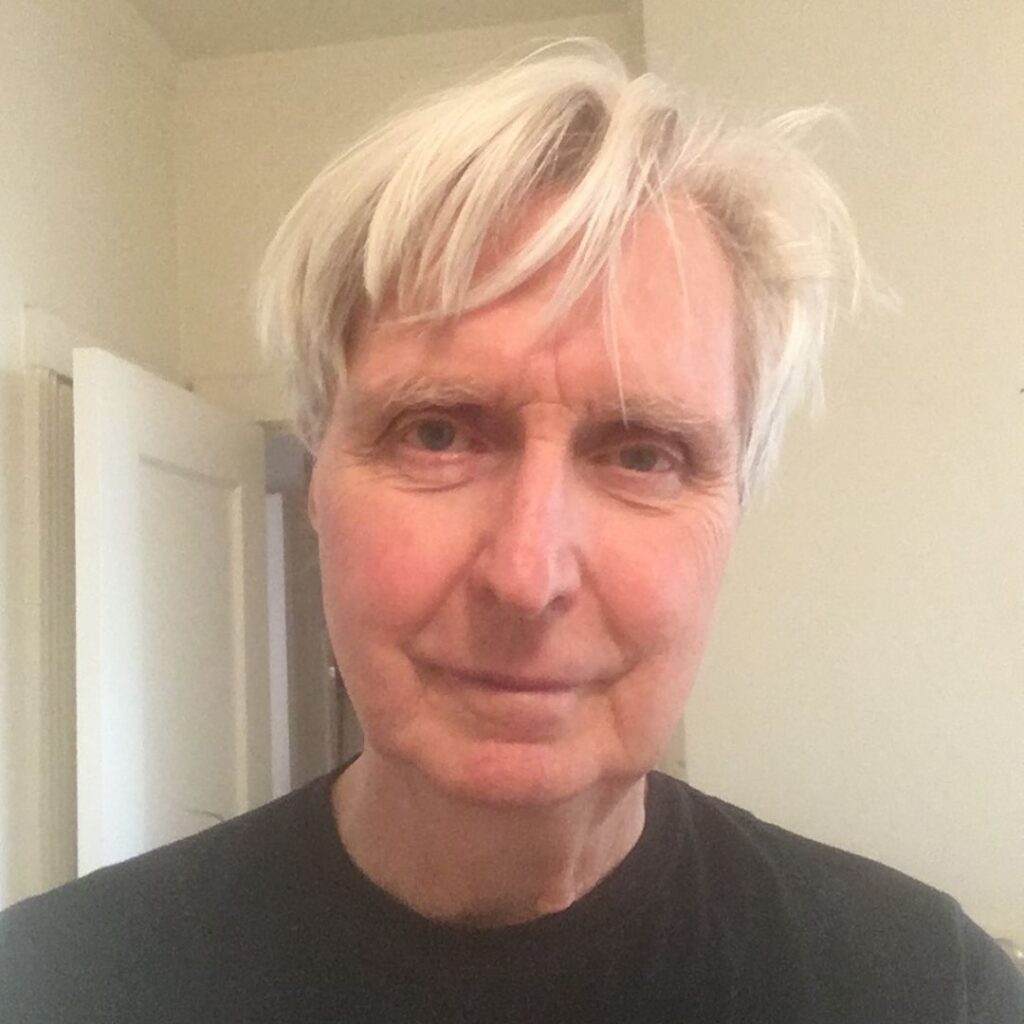 Jerome Hiler (US) has been shooting 16mm film since 1964. A New Yorker by birth, he entered the avant-garde community there during its most intense period of provocation and splendor. For all of his younger years, he contented himself with improvisational screenings at his home for other filmmakers. In 1971, he arrived in San Francisco and joined the filmmaking world there with the same at-home manner of ad-hoc screenings for whoever wanted to come by. In the 1990s, Hiler was invited by the collective silt to be part of a show homescreening, presented by San Francisco Cinematheque at the San Francisco Art Institute. After a few documentaries made with Owsley Brown, Hiler commenced on a series of films both new and using material from the past and sometimes both. His films have been seen throughout the US and Europe.
Jerome Hiler (US) has been shooting 16mm film since 1964. A New Yorker by birth, he entered the avant-garde community there during its most intense period of provocation and splendor. For all of his younger years, he contented himself with improvisational screenings at his home for other filmmakers. In 1971, he arrived in San Francisco and joined the filmmaking world there with the same at-home manner of ad-hoc screenings for whoever wanted to come by. In the 1990s, Hiler was invited by the collective silt to be part of a show homescreening, presented by San Francisco Cinematheque at the San Francisco Art Institute. After a few documentaries made with Owsley Brown, Hiler commenced on a series of films both new and using material from the past and sometimes both. His films have been seen throughout the US and Europe.